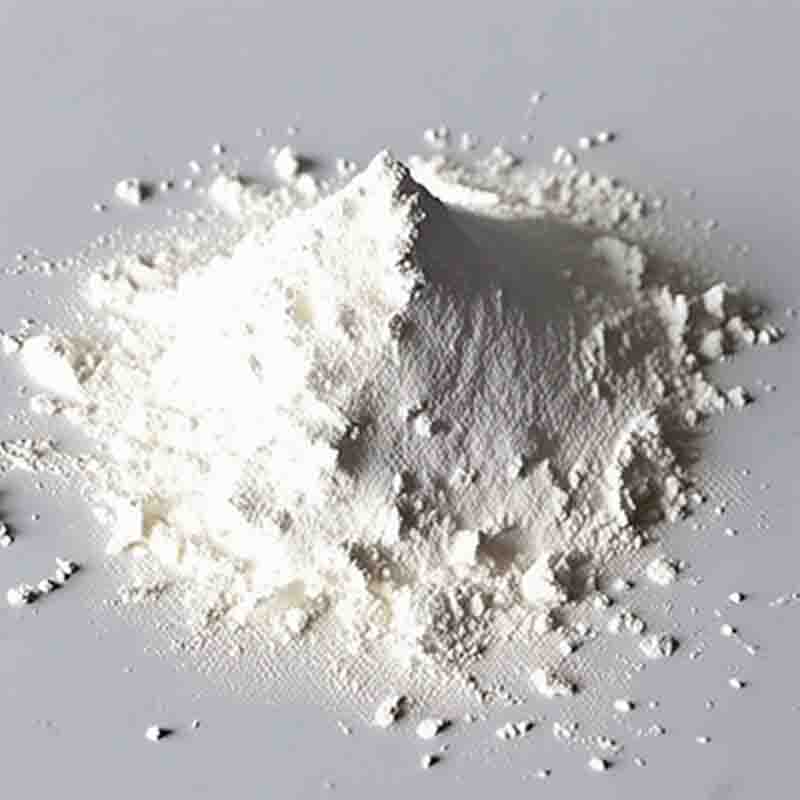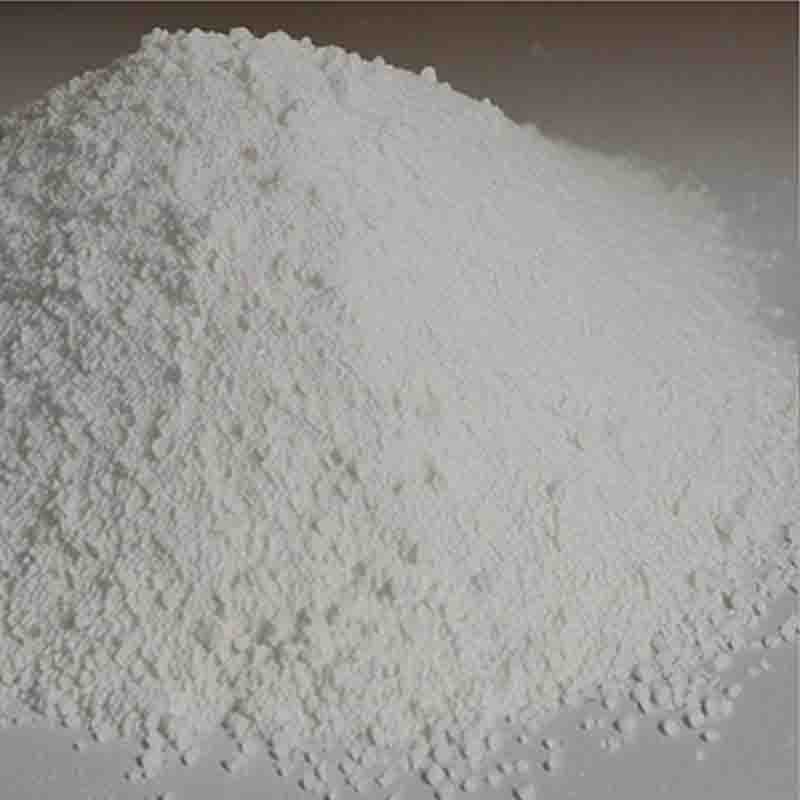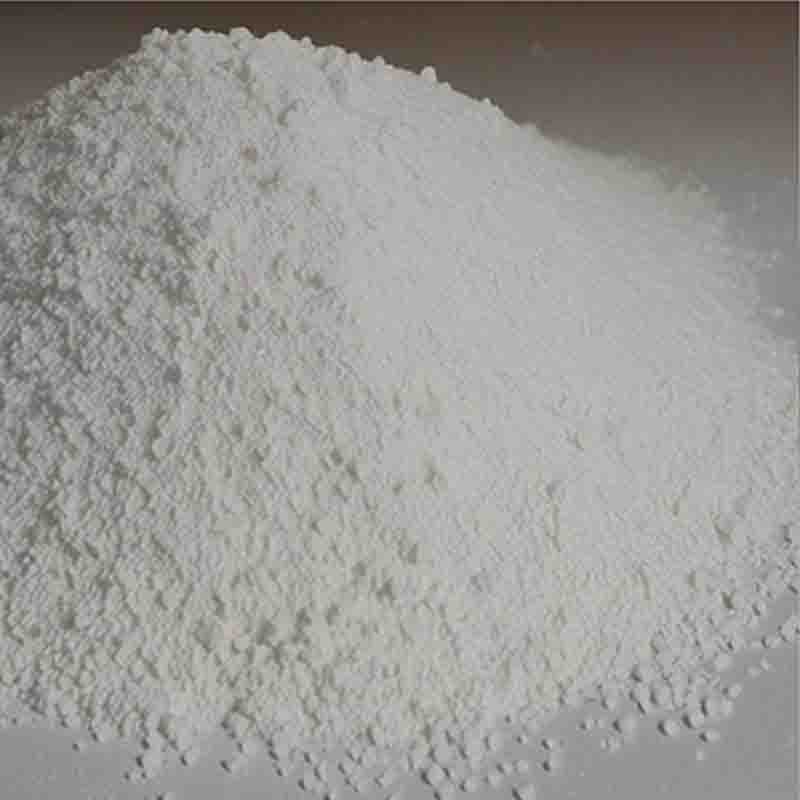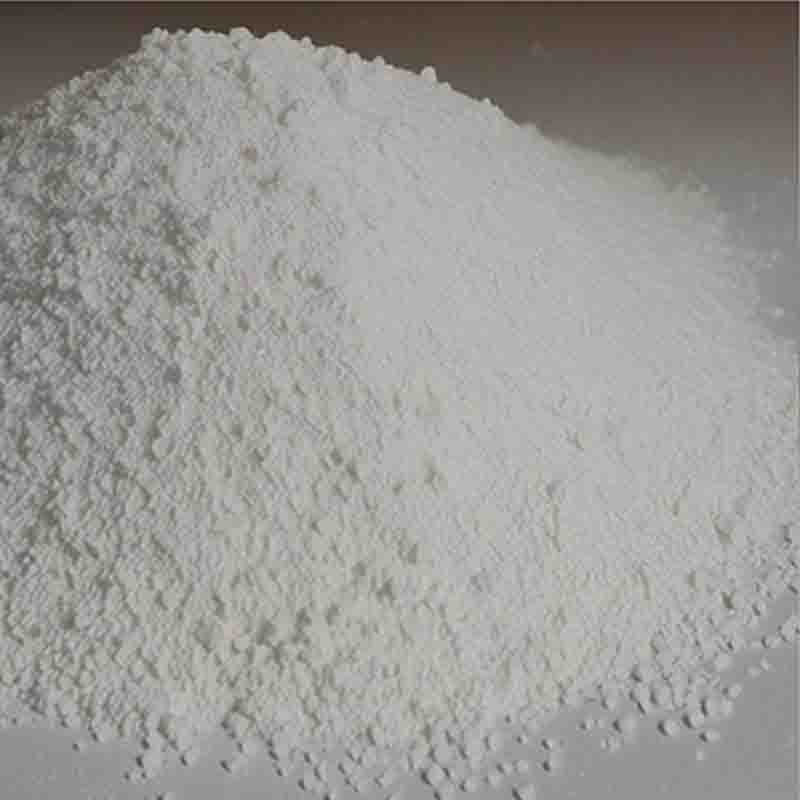4,6-Dichloro-2-methylpyrimidine CAS:1780-26-3
| Catalog Number | XD94701 |
| Product Name | 4,6-Dichloro-2-methylpyrimidine |
| CAS | 1780-26-3 |
| Molecular Formula | C5H4Cl2N2 |
| Molecular Weight | 163 |
| Storage Details | Ambient |
Product Specification
| Appearance | White powder |
| Assay | 99% min |
4,6-Dichloro-2-methylpyrimidine is a chemical compound that possesses various effects and potential applications. In this response, we will explore its effects and potential uses within a 300-word limit.One of the main effects of 4,6-Dichloro-2-methylpyrimidine is its potential as an intermediate in organic synthesis. It can be used as a building block for the synthesis of more complex compounds with diverse properties. By introducing different functional groups or modifying its structure, scientists can generate derivatives that exhibit enhanced activities or targeted effects. This makes 4,6-Dichloro-2-methylpyrimidine valuable in drug discovery and the development of new therapeutic agents.Furthermore, 4,6-Dichloro-2-methylpyrimidine has been studied for its potential as an agricultural fungicide. Fungal infections can cause significant damage to crops, leading to reduced yields and economic losses. Research has shown that 4,6-Dichloro-2-methylpyrimidine derivatives can possess antifungal activity against a range of plant pathogens. By inhibiting the growth and proliferation of these fungi, this compound may offer a means of protecting crops and improving agricultural productivity.In addition, 4,6-Dichloro-2-methylpyrimidine has been investigated for its potential in the field of medicinal chemistry. It is of interest due to its ability to interact with various biological targets. Research has demonstrated that this compound can act as a potent inhibitor of certain enzymes or receptors involved in disease processes. For example, it has shown inhibitory activity against enzymes associated with cancer cell growth or inflammation. These findings suggest that 4,6-Dichloro-2-methylpyrimidine derivatives may have therapeutic potential in the treatment of cancer or inflammatory diseases.Moreover, 4,6-Dichloro-2-methylpyrimidine has been explored for its use in the manufacture of dyes and pigments. It can serve as a starting material for the synthesis of chromophores, which are responsible for the coloration in dyes and pigments. By modifying its structure and introducing different substituents, scientists can obtain a wide range of vibrant colors that find applications in various industries, including textiles, paints, and printing.In summary, 4,6-Dichloro-2-methylpyrimidine exhibits various effects and potential applications. Its role as an intermediate in organic synthesis makes it valuable in drug discovery and the development of new therapeutic agents. Its antifungal activity suggests its potential as an agricultural fungicide to protect crops. It also shows promise in the field of medicinal chemistry, potentially serving as inhibitors of enzymes or receptors involved in disease processes. Lastly, its use in the production of dyes and pigments expands its applications across industries. However, further research is needed to fully explore and utilize the potential of 4,6-Dichloro-2-methylpyrimidine derivatives in these various fields.









